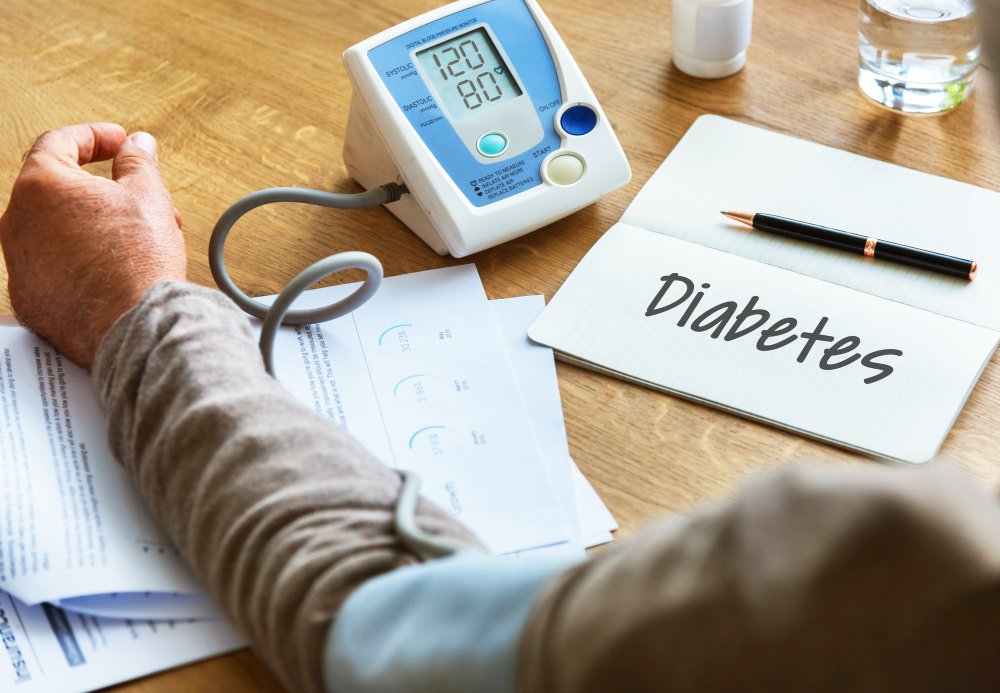Hospitals – they can swallow your time whole. Anybody who has ever been to a hospital emergency knows what I mean. But it’s not just getting seen that takes time, just about every facet of hospital care is lengthy, and increasingly costly. Needless to say, new tools and technologies are being investigated to try an improve efficiency within the hospital setting.
In 2003, researchers in Vancouver, Canada, set out to find out whether a new automatic drug dispensing system introduced into a new building within Vancouver General Hospital (VGH) was actually delivering on the promise of saving time for busy nurses and pharmacists as well as improving drug inventory control and decreasing errors.
The automatic drug dispensing system (ADS) introduced into the VGH system was designed to replace traditional medicine carts. It is an automated cabinet with a monitor and keyboard and secure storage spaces for patients’ medication.
These machines look and feel a bit like mobile automated teller machines, the ones you use to do your banking and get cash. It is part of a larger trend towards streamlining the entire drug dispensing and delivery system, which is an important activity within hospital settings.
The researchers decided that the best way to find out how these machines were being used was to follow the nurses, observe, and make notes on what they were seeing. But they also wanted to make sure that nurses could talk to them about any problems they were encountering. So two of the researchers on site wore T-shirts that said “Technology Trouble? Talk to Us!”
Problems immediately became evident, specifically in terms of who does what. Pharmacists delivered intravenous solutions but were too busy to put them into the refrigerator. The task was left to nurses who then had to log into the system to get into the refrigerator, which is part of the whole dispensing unit.
Drug inventories had to be verified in new ways using the new system and far from being easier, now took a whole lot longer. When problems occurred—for example a discrepancy between what was supposed to be in the cart and what was actually there—a report needed to be filed. But the reports weren’t always picked up by someone from pharmacy. In fact no one was quite sure how the whole reporting process was 10 powerful angel to help you in your life
When people don’t use the technology the way it’s intended, it is termed a “work around.” By observing professionals using the ADS in ways that hinder, rather than help them get their work done, researchers are able to give feedback on the processes and help streamline and implement changes.
While the overall objective of providing nurses and pharmacists with systems that make their lives easier, working out the bugs and the details in those systems can be a huge problem.
There is a larger lesson to be learned from all this. Hospitals are not only worlds of their own, they also consist of jurisdictions and groups of professionals all with turf, boundaries, and power structures. Planning and implementation has to involve everyone—easier said than done as everyone scrambles to make sure that ill patients are looked after.
And what about saving nurses and pharmacists time and reducing medication errors? The results are mixed. The equipment is expensive, and cost saving projections are complicated and must be projected over a long time period in order to determine whether the capital outlay is worthwhile. In terms of a reduction in errors the results may also be inconclusive. No technology is helpful if the medication was given at the wrong time or the wrong dose. Human beings must still make decisions and remember to carry things out properly.



